SWG Kunstlexikon
AKSELI GALLEN-KALLELA
KUNSTWERKE
Akseli Gallen Kallela: A collection of 207 paintings | LearnFromMasters
Description: „Finnish painter, graphic artist and designer. He was closely associated with notions of National Romanticism, especially relating to the region of Karelia, also a source of inspiration for the Finnish composer Jean Sibelius. In 1881-84 he studied at the Finnish Art Society in Helsinki and the private academy of Adolf von Becker (1831-1909). In 1884-89 he was in Paris and studied at the Académie Julian under Bouguereau and at Cormon’s studio. He began realistic plen-air painting under the influence of Bastien-Lepage. He exhibited at the Salon in 1888 and 1889, he was the first Finnish painter to become a member of the Société Nationale de Beaux-Arts. On returning to Finland, he became fascinated with the ‚Kalevala‘ epic, a compilation of ancient poetry celebrating the mythic origins of Finland, on which he decided to base his art. Following a national competition in 1891 Gallen-Kallela illustrated this national epic, the vivid images of which soon became widely known throughout Finland. He also made a significant contribution to the Finnish Pavilion at the Paris Exposition Universelle of 1900 in which he painted frescoes on Kalevala themes in the main dome, as well as designing textiles and furniture. By the mid-1890s Gallen-Kallela began to incorporate Symbolist motifs in his work. His landscape paintings of about 1900 show the influence of both Gauguin and Monet. At the end of 1894 he went to Berlin, in 1895 he became acquainted with the Arts and Crafts movement in London. In 1897-99 he studied fresco technique in Italy. In 1903 he was at the Vienna Secession and in 1910 showed with the „Brücke“ in Munich. Later he traveled in East Africa and in the USA. He died in 1931 while working on illustrations for a large edition of the Kalevala. Gallen_Kallela’s distinctive contribution to Finnish culture is preserved in the Gallen-Kallela Museum, which was originally built by him as a studio and family home between 1911 and 1913 and now contains a large body of his work, including paintings, graphics, textiles, jewellery, stained glass, and architectural designs.“ | YouTube
WIKIPEDIA
AKSELI GALLEN-KALLELA
KUNSTWERKE
Akseli Gallen Kallela: A collection of 207 paintings | LearnFromMasters
Description: „Finnish painter, graphic artist and designer. He was closely associated with notions of National Romanticism, especially relating to the region of Karelia, also a source of inspiration for the Finnish composer Jean Sibelius. In 1881-84 he studied at the Finnish Art Society in Helsinki and the private academy of Adolf von Becker (1831-1909). In 1884-89 he was in Paris and studied at the Académie Julian under Bouguereau and at Cormon’s studio. He began realistic plen-air painting under the influence of Bastien-Lepage. He exhibited at the Salon in 1888 and 1889, he was the first Finnish painter to become a member of the Société Nationale de Beaux-Arts. On returning to Finland, he became fascinated with the ‚Kalevala‘ epic, a compilation of ancient poetry celebrating the mythic origins of Finland, on which he decided to base his art. Following a national competition in 1891 Gallen-Kallela illustrated this national epic, the vivid images of which soon became widely known throughout Finland. He also made a significant contribution to the Finnish Pavilion at the Paris Exposition Universelle of 1900 in which he painted frescoes on Kalevala themes in the main dome, as well as designing textiles and furniture. By the mid-1890s Gallen-Kallela began to incorporate Symbolist motifs in his work. His landscape paintings of about 1900 show the influence of both Gauguin and Monet. At the end of 1894 he went to Berlin, in 1895 he became acquainted with the Arts and Crafts movement in London. In 1897-99 he studied fresco technique in Italy. In 1903 he was at the Vienna Secession and in 1910 showed with the „Brücke“ in Munich. Later he traveled in East Africa and in the USA. He died in 1931 while working on illustrations for a large edition of the Kalevala. Gallen_Kallela’s distinctive contribution to Finnish culture is preserved in the Gallen-Kallela Museum, which was originally built by him as a studio and family home between 1911 and 1913 and now contains a large body of his work, including paintings, graphics, textiles, jewellery, stained glass, and architectural designs.“ | YouTube
WIKIPEDIA
AKSELI GALLEN-KALLELA
KUNSTWERKE
Akseli Gallen Kallela: A collection of 207 paintings | LearnFromMasters
Description: „Finnish painter, graphic artist and designer. He was closely associated with notions of National Romanticism, especially relating to the region of Karelia, also a source of inspiration for the Finnish composer Jean Sibelius. In 1881-84 he studied at the Finnish Art Society in Helsinki and the private academy of Adolf von Becker (1831-1909). In 1884-89 he was in Paris and studied at the Académie Julian under Bouguereau and at Cormon’s studio. He began realistic plen-air painting under the influence of Bastien-Lepage. He exhibited at the Salon in 1888 and 1889, he was the first Finnish painter to become a member of the Société Nationale de Beaux-Arts. On returning to Finland, he became fascinated with the ‚Kalevala‘ epic, a compilation of ancient poetry celebrating the mythic origins of Finland, on which he decided to base his art. Following a national competition in 1891 Gallen-Kallela illustrated this national epic, the vivid images of which soon became widely known throughout Finland. He also made a significant contribution to the Finnish Pavilion at the Paris Exposition Universelle of 1900 in which he painted frescoes on Kalevala themes in the main dome, as well as designing textiles and furniture. By the mid-1890s Gallen-Kallela began to incorporate Symbolist motifs in his work. His landscape paintings of about 1900 show the influence of both Gauguin and Monet. At the end of 1894 he went to Berlin, in 1895 he became acquainted with the Arts and Crafts movement in London. In 1897-99 he studied fresco technique in Italy. In 1903 he was at the Vienna Secession and in 1910 showed with the „Brücke“ in Munich. Later he traveled in East Africa and in the USA. He died in 1931 while working on illustrations for a large edition of the Kalevala. Gallen_Kallela’s distinctive contribution to Finnish culture is preserved in the Gallen-Kallela Museum, which was originally built by him as a studio and family home between 1911 and 1913 and now contains a large body of his work, including paintings, graphics, textiles, jewellery, stained glass, and architectural designs.“ | YouTube



